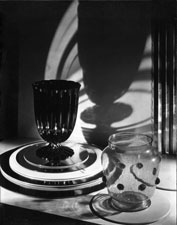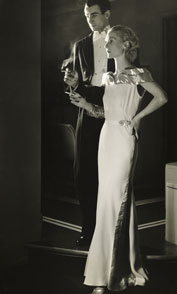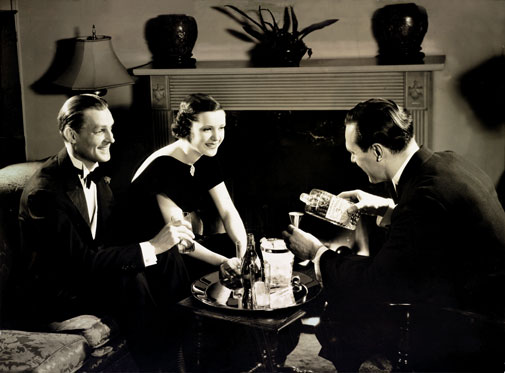Dream Realities
Commercial photographers worked their medium not only to capture the realistic elements of a subject but also to imbue it with idealized qualities. The modernist sensibility manifested itself in the creation of fractured forms and compositions that encouraged viewers to see products from entirely new perspectives. Inventive angles, extreme close-ups, and manipulation of light and shadow could create a sense of movement, reveal new dimensions and textures, and transform the mundane and everyday into beautiful abstractions. Through these techniques, writes cultural historian Jackson Lears, photographers and advertisers "aimed to animate the inanimate commodity with the appearance of life and sometimes explicitly with magical powers."21
As advertisers and photographers attempted to transform everyday objects into the extraordinary, they were also crafting a narrative: that the objects themselves epitomized style, luxury, and the key to a more fulfilling life. In the studio, models were visually transformed into members of an elite class of enviable sophistication and taste—an ideal with which the consumer could identify simply by buying the product on display. Patricia Johnston writes in Real Fantasies: Edward Steichen's Advertising Photography (University of California Press, 1997) that advertisers understood "photography could make beauty accessible, lead the way to a happier life, map out the possessions required to transcend class status, and project a perfect world and make it seem available."22
Photographers explored inventive interpretations of subjects for artistic and commercial ends. These aspirations coincided with those of advertisers who understood the value of high art as a persuasive sales tool and an element of prestige that helped raise the standards and image of the industry itself. Exhibitions like those sponsored by the NAAI played a part in fostering these intertwined ambitions.
- Jackson Lears, "Uneasy Courtship: Modern Art and Modern Advertising," special issue: Modernist Culture in America. American Quarterly 39, no. 1 (Spring 1987): 136.
- http://www.adcglobal.org/adc/history/




